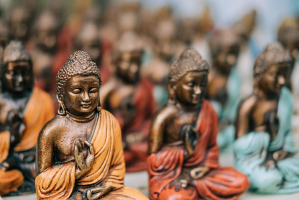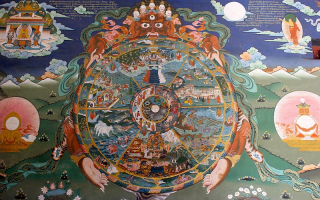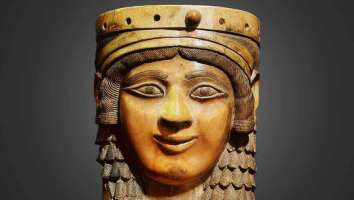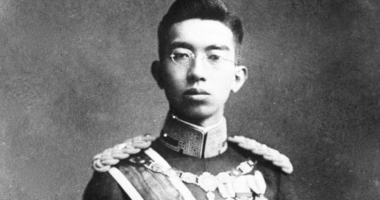Top 5 Facts about Zen Buddhism Beliefs
Zen Buddhism is an ancient South Asian philosophical and spiritual school of thought that originated in China and spread to Japan. There are numerous aesthetic ... read more...aspects to Zen Buddhism. The following are top 5 facts about Zen Buddhism Beliefs.
-
Zen Buddhism is a school of Mahayana Buddhism that developed in China during the Tang dynasty (618-907), then known as the Chan School, and later developed into various schools both in China and abroad. This Buddhist school of thought focuses on key concepts such as intuitive thinking, aesthetics, and meditation. It was strongly influenced by Taoist philosophy, especially Neo-Taoist thought. From China, Chan spread south to Vietnam and became Vietnamese Thien. Some believe that this practice was also transmitted to Vietnam quite early, possibly as early as the 7th century. Chan spread northeast to Korea in 7th century CE becoming Korean Seon, and east to Japan in 12th century CE, becoming Japanese Zen.
Zen Buddhism is most often associated with Japan. The term Zen is derived from the Japanese pronunciation of the Middle Chinese word 禪 (Chán), which means emptiness or void and traces its roots to the Indian practice of dhyāna (Sanskrit: "meditation"). Zen values strict self-control, meditation practice, insight into the nature of things, and personal expression of this insight in daily life, particularly for the benefit of others. As such, it emphasizes direct understanding through spiritual practice and interaction with an accomplished teacher over mere knowledge of sutras and doctrines. Zen teachings are derived from various Mahayana sources, particularly Yogachara, the Tathgatagarbha sutras, and the Huayan school, which emphasize Buddha-nature, totality, and the Bodhisattva-ideal. The Prajpramit literature and Madhyamaka thought have also had an impact on the apophatic and sometimes iconoclastic nature of Zen rhetoric.
It is difficult to pinpoint when the West first became aware of Zen as a distinct form of Buddhism. The marked emergence of Zen in American consciousness at the middle of the 20th century resulted in part from increased contact between Americans and Japanese during and after the Second World War with the American occupation of Japan, as well as the development of particularly American forms of Buddhism and of Zen in the internment camps to which Japanese-Americans were sent during wartime. After World War II, Daisetz Teitaro Suzuki, a Japanese scholar, popularized Zen in the West in the twentieth century.
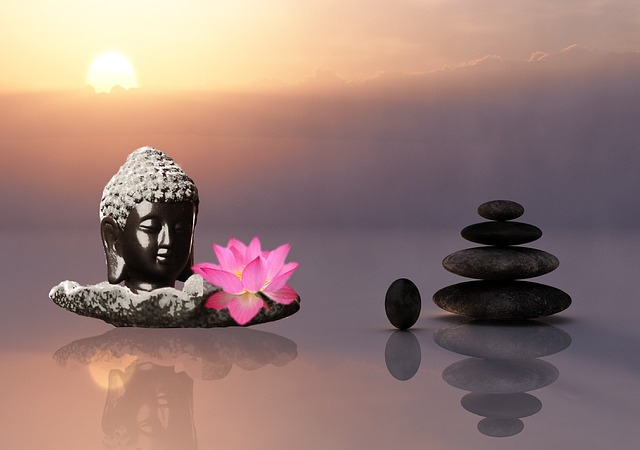
Image by Karin Henseler via Pixabay.com 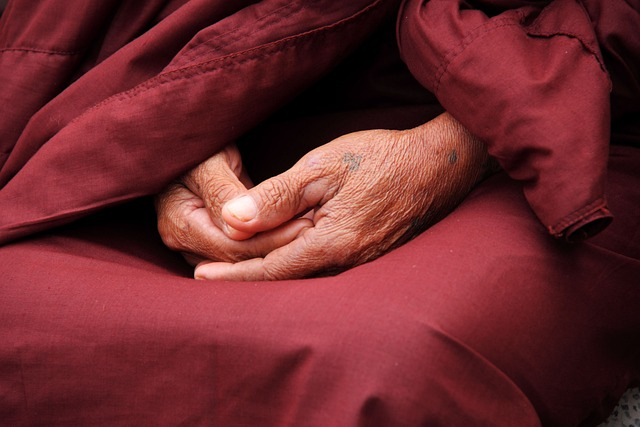
Image by Dean Moriarty via Pixabay.com -
Zen Buddhism is a complex tradition that includes many fundamental concepts and beliefs. Enlightenment without intellectualism, Understanding matter and energy, The importance of the present moment, Rebirth and reincarnation, and Perceiving the world are some of them.
Enlightenment without intellectualism: Creatures go through a cycle of birth, death, and rebirth known as reincarnation. They learn valuable lessons with each iteration. Enlightenment is the point at which one no longer needs to be reborn. The central tenet of this practice is to achieve enlightenment by directly looking at your original mind or original nature without using your intellect. Zen Buddhism is more concerned with intuitive understanding of the world than philosophizing about it. It is concerned with what is rather than what we think or feel about what is. Zen simply focuses on things as they are, without trying to interpret them.
Understanding matter and energy: There is no distinction between energy and matter in Zen Buddhism. Even the most mundane objects, such as a rock or a table, are events rather than things. Everything around you is constantly happening. This is consistent with current scientific knowledge. Even as humans, you do not enter the world; rather, you exit the world. Humans are all expressions of the world, rather than a random occurrence of consciousness in a vast, blind universe.
he importance of the present moment: The focus on the present moment is the most distinguishing feature of this practice. According to the western concept of time, all humans are constantly looking back at their past in order to learn lessons from it. At the same time, humans are imagining a hypothetical future in which they can apply these lessons. As a result, the present moment is reduced to a speck between an infinite future and an infinite past. Zen is all about expanding and reclaiming the present moment. Which teaches you that getting anywhere is pointless if all you're going to do when you get there is think about the next future moment. Life exists only in the present moment, or nowhere at all.
Rebirth and reincarnation: According to Buddhism, the doctrine of reincarnation can be more accurately understood as a cycle of constant rebirth and death, as well as the coming and going of energy within the universe. This teaches that humans are all a part of the universe, both before and after death.
Perceiving the world: Then Buddhism holds that no one knows the answers to life's most difficult questions, and that answering them is impossible.This is due to the fact that humans see everything through the lens of their experiences, ego, and personality. This is the nature of their limited state, namely their mind. It's impossible to see all of the actors in this theater, and it's even more difficult to understand the roles of those you don't see. Zen Buddhism holds that humans are just humans and that everything we see is an illusion, not the truth.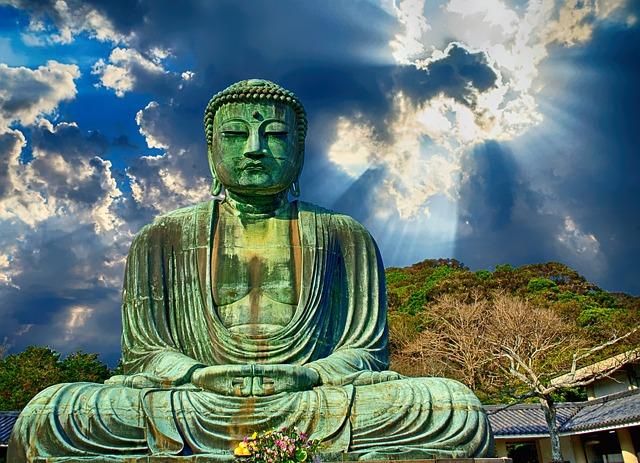
Image by Pete Linforth via Pixabay.com 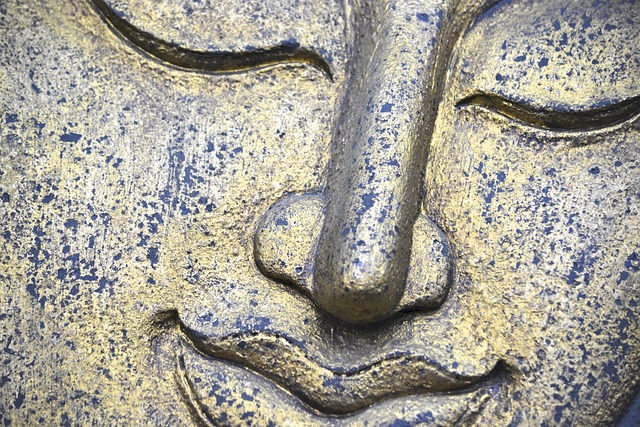
Image by jenszygar via Pixabay.com -
Meditation practice in Zen Buddhism employs two basic methods, which are combined with a simple breathing exercise known as the observation of breath count, which is widely used in traditional meditation techniques. Zazen and Koan Practice are the two schools of thought for practicing Zen Buddhism.
Zazen, also known as Zen Meditation, literally translates to Zen sitting. In other words, it is a type of seated meditation practiced in the Zen tradition. It entails sitting upright with good posture and paying attention to your stomach breath until your mind is fully alert and present in the present moment. The goal of Zazen is to control one's attention. During Zen Meditation, people usually sit in the lotus position or with their logs crossed and focus their attention inward.
In Koan Zen, riddles and puzzles are designed in such a way that they cannot be solved intellectually. A Koan is a paradoxical or enigmatic statement or question about reality that we are unable to comprehend with our conceptual mind. Thinking about these conundrums is part of a prescribed curriculum that Zen students must follow. "What is the sound of one hand clapping?" is one of the most popular Koans. The goal of the practice is to break down the conceptual mind's barriers.

Image by Okan Caliskan via Pixabay.com 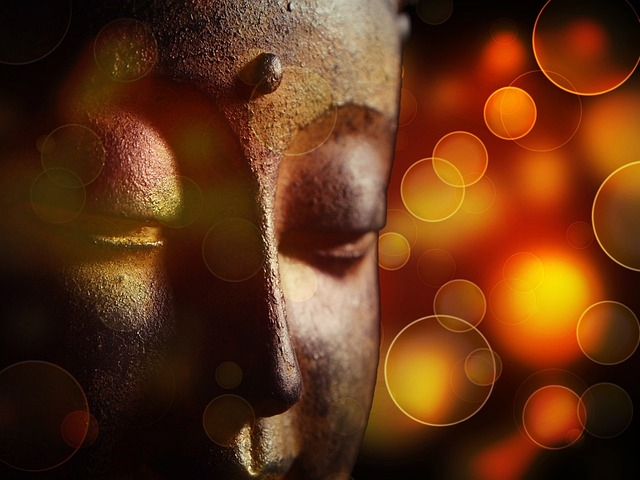
Image by NoName_13 via Pixabay.com -
Zen Buddhists adhere to the above-mentioned central religious beliefs of Buddhism, but they also emphasize ideas associated with Confucianism and Taoism, two ancient Chinese schools of thought. Zen Buddhists reject the concept of God. They believe that there is a Buddha inside each person and it lives forever. The Buddha is not a deity or supreme like god in Christianity. The Buddha was created for educational purposes and was a teacher who taught the Four Noble Truths. The Four Noble Truths sum up human existence as a path of pain. However, it is possible to transcend suffering by letting go of desires and adhering to strict rules. Furthermore, life after death is Nirvana. Nirvana is the point at which one abandons everything that needs to be shed. It is also a state of calm.
You may be unaware of your own awakened nature because your minds are constantly clouded by feelings like anger, ignorance, and greed. Enlightenment exists in all of you and you all have the ability to recognize it. One of Zen Buddhism's adages is that the ordinary mind is the path. Zen masters were not permitted to be violent or to kill. They had to respect other people's property and could not steal. Besides, they had to make a commitment to exercise and take care of their minds and bodies. Furthermore, they had to be cautious in their relationships. Otherwise, they will have to take their karma which is the relationship between one's actions and the consequences, especially regarding reincarnation. The Zen Buddhists worship in temples in groups ranging from 10 to 100 people. However, their daily practice would take place at home. A shrine, incense, candles, and a statue or image of Buddha would be present in the room. The Buddhist would recite one of the numerous Buddhist chants.
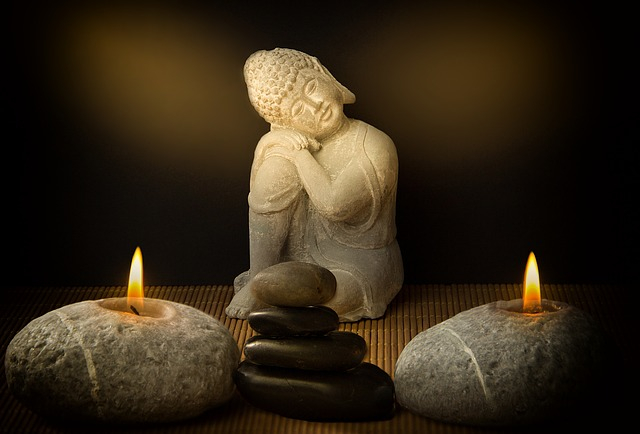
Image by Gundula Vogel via Pixabay.com 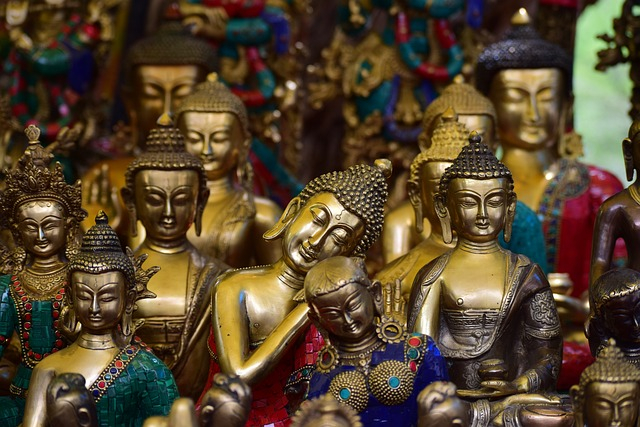
Image by Suket Dedhia via Pixabay.com -
This practice was at its peak during the reign of China's Sixth Patriarch, Hui-neng. He removed most of the Indian elements of this practice and replaced them with Chinese elements. In fact, he was largely responsible for the modern form of Zen Buddhism. Most of the great Zen masters known today originated during this period, and they continue to speak through koans and stories. During this period, Zen Buddhism was organized and settled into five different houses or Buddhist schools. All of these schools still exist and are quite distinct from one another. In Japanese Zen, they are known as the Rinzai School and the Soto School. Zen Buddhism's influence can be found in Japanese aesthetics such as tea ceremonies, calligraphy, rock gardens, and the wabi-sabi principle. It spread its spiritual practices as well as its emphasis on simple aesthetics linked to nature. It also focuses on meditation, moral qualities, aesthetics, and how they can be applied in everyday life.
An important custom associated with Zen Buddhism is the Japanese tea ceremony, also known as the way of tea (chad). Tea ceremonies, on the other hand, are typically for colleagues, friends, and family and lack formal religious aspects. To make green tea for the tea ceremony, matcha powder is typically used. Tea has been traced back to the 9th century in Japan, according to some. Master Sen no Riky, a 16th-century thinker and tea master, had a significant impact on how tea was practiced.
Calligraphy, like Chan Buddhism, which originated in China and evolved into Zen, made its way to Japan from China. Some of the earliest known calligraphy masters date back to the 4th century, with roots dating even further back. As the Heian period (794–1185) came to an end, Japan's calligraphic tradition arose around the 12th century. Calligraphy is an aesthetically pleasing form of handwriting. Calligraphy in various styles can be found in many cultures and is typically created with brushes or pens. It could just be for show. Alternatively, calligraphy may serve a higher purpose, such as its meditative aspects in Zen Buddhism, which promote enlightenment. The relationship between calligraphy and Zen thought is reciprocal. A calligrapher, for example, cannot repaint over a single piece of work, so they must concentrate on delivering fluidity of motion when carrying out a brush stroke. When one's mind is clear, the body automatically channels the necessary spiritual qualities when painting letters or characters. Japanese monks use calligraphy for meditation, such as perfecting a circle, ens, which represents enlightenment. There are also connections between various Zen-inspired aesthetic practices, such as using calligraphy to calm one's mind before a tea ceremony.
Traditional rock gardens (Zen gardens or dry gardens) originated in religious settings such as monasteries and temple grounds in Japan. The classical form of these gardens originated in Kyoto (then known as Heian-ky), Japan's capital during the Muromachi (Ashikaga) period (1336-1573). Their purpose at the time was to show the underlying character of nature. Meditation was also practiced in rock gardens. Because such gardens were designed to be viewed from a single vantage point, the monks could meditate in a single location, such as the Hojo porch (the residence of the head (abbot) of a temple or monastery in Japan).
Wabi-sabi is a traditional Japanese way of thinking that fosters acceptance of change and imperfection in both natural and artificial aesthetics. Perfection and mutability can still be perceived as beautiful in Zen-inspired aesthetics. This notion can be expressed in nature in the following ways:
- asymmetry
- simplicity
- signs of aging and other types of impermanence
These aesthetic qualities elicit a response, such as a sense of longing and isolation. However, these qualities enable one to understand the limits of the physical world and achieve liberation from it. As a result, these seemingly negative characteristics are positive in the eyes of Mahayana Buddhism.
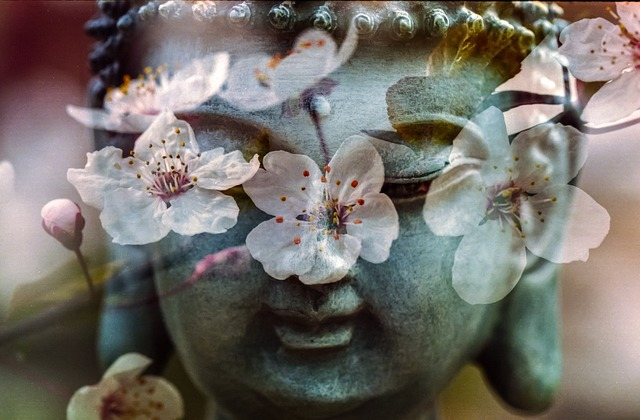
Image by Benjamin Balazs via Pixabay.com 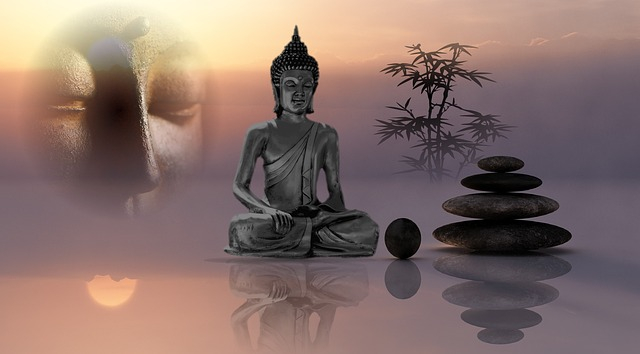
Image by Karin Henseler via Pixabay.com








